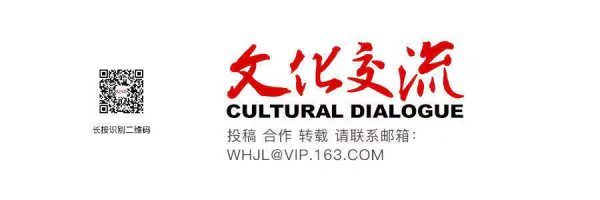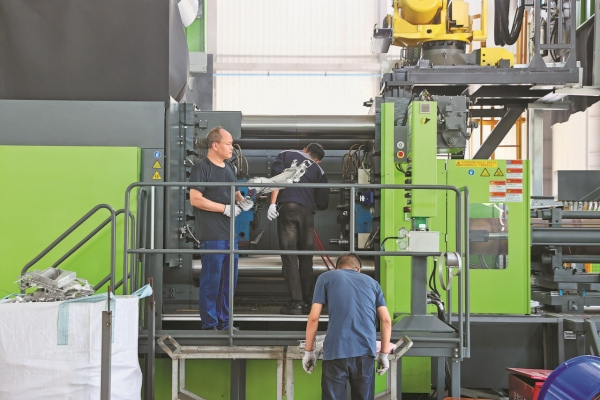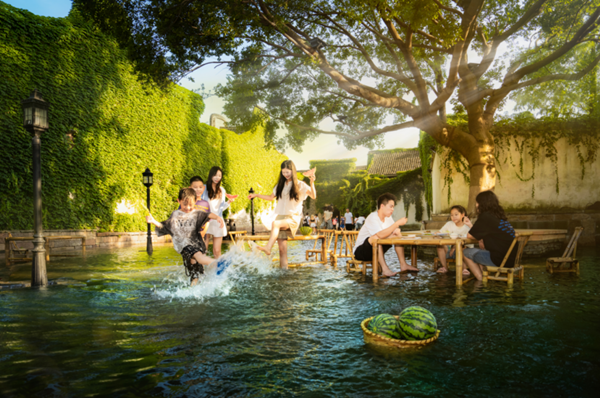When Marco Polo arrived in Hangzhou (then known as Lin’an), well traveled as the man was, he was filled with amazement.
It is said that at that time Lin’an was still under the reign of South Song dynasty (1127-1279), and before long it would be invaded and occupied by the Yuan (1271-1368) troops. Later it was burned to ashes by a big fire, the source of which was unable to identify.
After hundreds of years where dynasties frequently changed, now Lin’an, a once dream-like city at the Yangtze river, is being forgotten gradually, although it had its days of unparalleled prosperity.
For Lin’an, the Imperial City is the most important remains of the Southern Song dynasty. And it left a rich underground cultural heritage, from the Imperial City and Deshou Palace at the foot of the Phoenix Mountain to the Imperial Temple and the Imperial Street under the Ziyang Mountain.
When it comes to this, Du Zhengxian has his own thoughts. He has presided over several archaeological excavation projects related to the Southern Song dynasty remains, and his projects have been frequently featured in the “Top Ten New Archaeological Discoveries in China”.
Now, let’s follow him along the ancient road of the Imperial Street, and deep into the Phoenix Mountain, to explore the untold stories of the Southern Song Imperial City.
“There is a stone on the hill that says ‘Palace Wall’, so we might want to go and find it for starters,” said Du, putting both hands behind his back and walking briskly, as if he was pleasantly on the way to meeting an old friend.
We entered the Phoenix Mountain from the Songcheng Road. After parking our car on a flat area at the foot of the Phoenix Mountain, we walked up the mountain. Du told us that this area is highly treasured in Hangzhou, because of its good fengshui, which has been documented since the Sui dynasty (581-618). In the year 589, Qiantang was abolished as a county (jun) and then set up as a prefecture (zhou), with Yuhang serving as the government seat, hence the name “Hangzhou”.
Shortly after walking along the mountain road, there is an archaeological site wrapped in iron fencing next to the road, which is the remains of the Sacred Fruit Temple. This temple is often mentioned in the literature as an important basis for determining where the imperial city was.
Going up for a dozen steps, a huge rock with various engraving could be seen. On the west side of the rock, there are remnants of the collapsed statue of the Three Western Buddha. The statue was believed to be extremely high about five meters. If these Buddha statues were still in existence, they would have been the largest stone Buddha statue in Hangzhou, according to DU.
However, although we had reached the halfway point of the mountain, the “Palace Wall” stone carving was still nowhere in sight. It was only after Du made several phone calls and hovered around for some time that the words “Palace Wall” were finally found written vertically on the rock next to one that says “Wilderness Path”.
“I haven’t visited this place since five or six years ago, and here it is!” All the changes have well confused even this experienced archaeologist. If you think about it—nearly a thousand years have passed since the Southern Song dynasty, and it is never easy to see through the mist of history.

An ariel view of Hangzhou’s Phoenix Mountain, where the Imperial Palace of the Southern Song dynasty used to stand. (Photo / Xiao Yisan)
The Southern Song Imperial City at the foot of the Phoenix Mountain has been recorded in various documents. However, the specific scope of the Imperial City has been unclear for quite a long time. In the past two decades, it has finally been clarified because the foundations of the surrounding walls have been discovered during continuous excavations.
“The Imperial City is surrounded by mountains on three sides: the north is the Wansong Hill; the south wall is bounded by Songcheng Road; the west is the Phoenix Mountain; the east is close to the Mantou Mountain. The northern and western walls were built by artificial construction while relying on natural hills, and the whole defense system was also created by making full use of the nature.” Du shortly sketched out the outline of the Imperial City for us.
According to relevant historical records and archaeological findings, the entire Southern Song Imperial City in Lin’an covers an area of about 0.6 square kilometers, only half the size of the Northern Song Dynasty Imperial City in Kaifeng. However, its layout has many unique features. For instance, in Lin’an, the palace stands in the south of the city while the markets in the north, quite the opposite from traditions.
“Although this ‘Palace Wall’ stone carving is far from the real walls back then,” said Du, “it is a good observation point overlooking the old Imperial City.”
But an imperial city is not just a palace; it is more about the people, the legends, and the objects. Our next visit was to see the amazing Southern Song official kiln porcelains.
In 1996, Du Zhengxian happened to find a porcelain tile, which looked like an object from one of the Southern Song official kilns. It was discovered beside a stream at the eastern foot of the Phoenix Mountain, less than 100 meters from the site of the Imperial City wall.
After three large-scale investigations and excavations, archaeologists cleared a total of 24 porcelain tile pits at the site, known as the “Tiger’s Cave”, and discovered the remains of three periods from the Southern Song dynasty to the Yuan dynasty, unearthing a large number of complete and recoverable porcelains.
In Du’s eyes, each piece of the porcelains here has its own story and maps the unique aesthetics of the Southern Song dynasty. From those porcelains, we could easily figure out that the Song people preferred natural and minimalist beauty, and this century-old aesthetic taste is increasingly resonating with modern people.
Later, we descended the Phoenix Mountain and made our way north, generally walking along what was then the Imperial Street, where the sense of seclusion gradually disappeared and we were soon in the middle of the bustling city.
This area was the root of the former Imperial City, with its various ministries and temples, and now is probably the best-preserved old town in Hangzhou. “There were even prosperous night markets in the Southern Song dynasty,” explained Du.
Walking along the street, we are deeply impressed, for the soul of the Song Dynasty not only survives in poems, books, and songs but also flows in the ordinary lanes and streets. Even the authentic Hangzhou dialect, which drifted into our ears from time to time in this neighborhood, is speaking the changes of the Southern Song dynasty.
That being said, whether it is the Taimiao Ruins Park and the Southern Song Dynasty Ruins Exhibition Hall on South Zhongshan Road, the Cultural and Creative Park at the foot of Phoenix Mountain Road, or even a random store on the roadside, all of them are marked by history and are connected with time and space in their own way.
Sacred Fruit Temple Site
It is located in the west of the Broom Bay between the Jiangtai Mountain and the Phoenix Mountain in Shangcheng district, Hangzhou. The Sacred Fruit Temple was built in the second year of Emperor Wen of the Sui Dynasty (582). A number of historical sites lie around the place.
Southern Song Dynasty Imperial Temple Site
Located in Ziyang Street, it was built during the reign of Emperor Gaozong of the Song Dynasty and was second in scale and form only to the inner Imperial Palace.

An architectural rendering of the Deshou Palace Ruins Protection Project, i.e. the Southern Song Museum. The construction of the museum will be completed in 2022 and open to the public. Situated at the east of Lin’an, Deshou Palace used to be the residence of Emperors Gaozong and Xiaozong of Song.
Deshou Palace Ruins
Located on the north side of Wangjiang Road in Shangcheng District, Hangzhou, it was once the old residence of Qin Hui (1090-1155), before Emperor Gaozong of the Song dynasty took it back and built a new palace.
North Wall Site of Southern Song Dynasty Imperial City
Located in the south of Wansongling Road and west of the city’s Chinese herbal medicine warehouse, it is one of the few surviving above-ground sites of the Southern Song Dynasty Imperial City.
Tiger’s Cave, the Southern Song Dynasty Official Kiln Site
It is located in a long and narrow ravine between the Phoenix Mountain and the Jiuhua Mountain in Shangcheng District, Hangzhou. The excavators believe that the Southern Song layer of this site is the “Southern Song Xiuneisi Official Kiln”, as documented in historical records.


